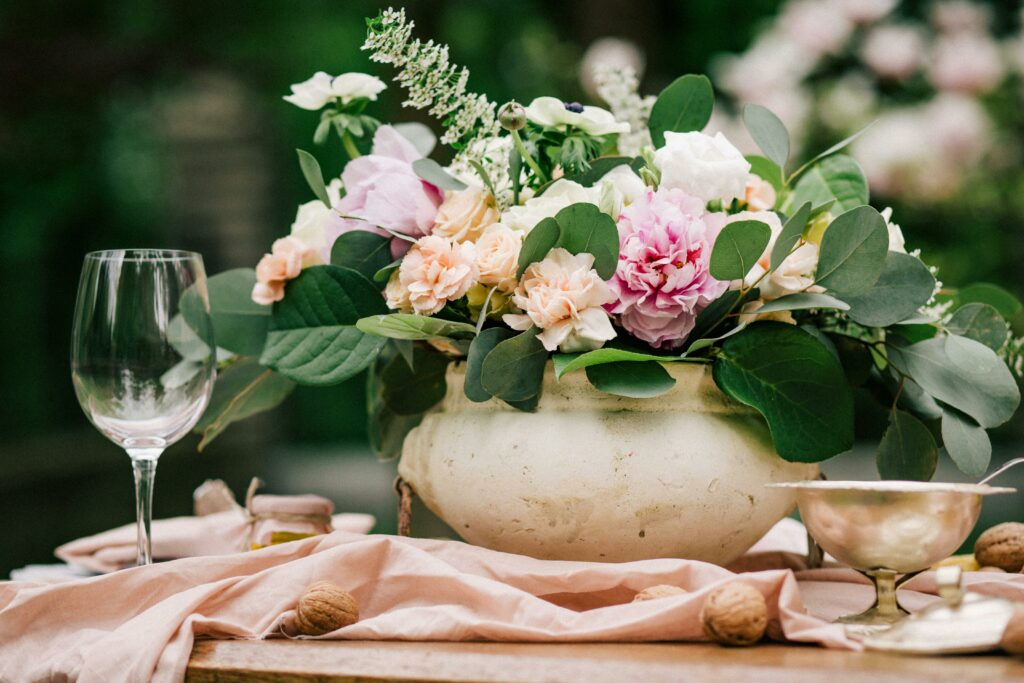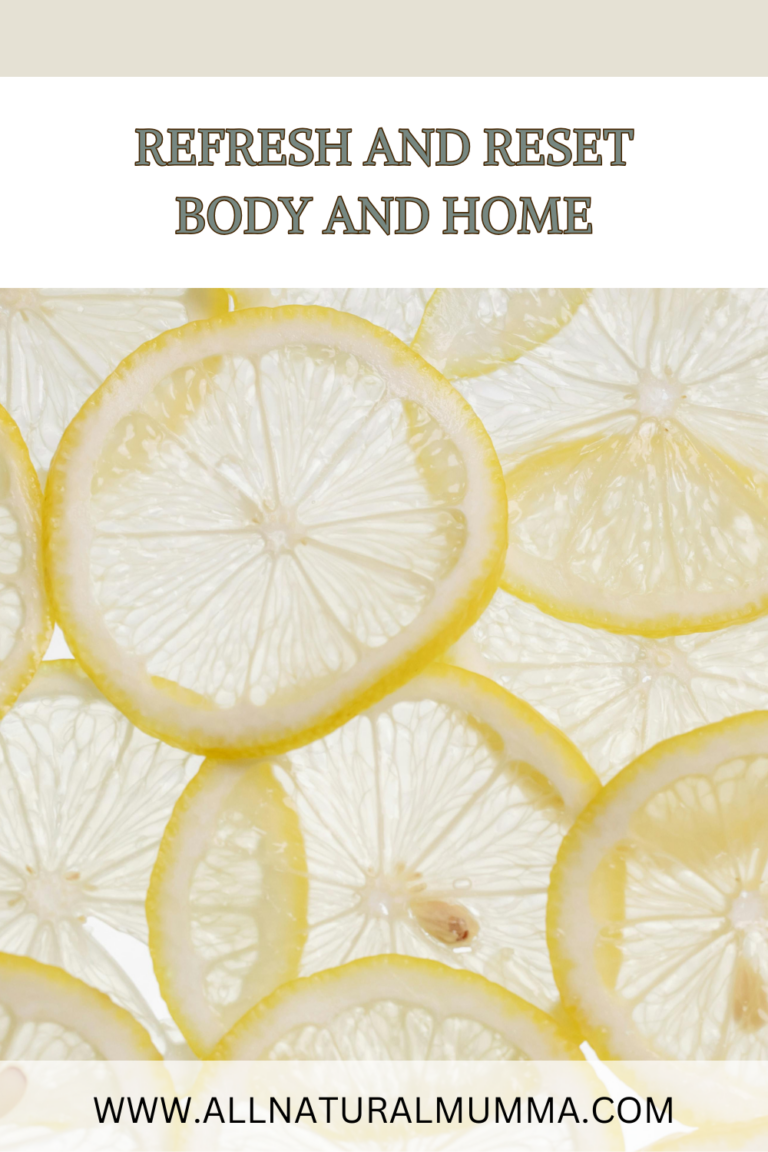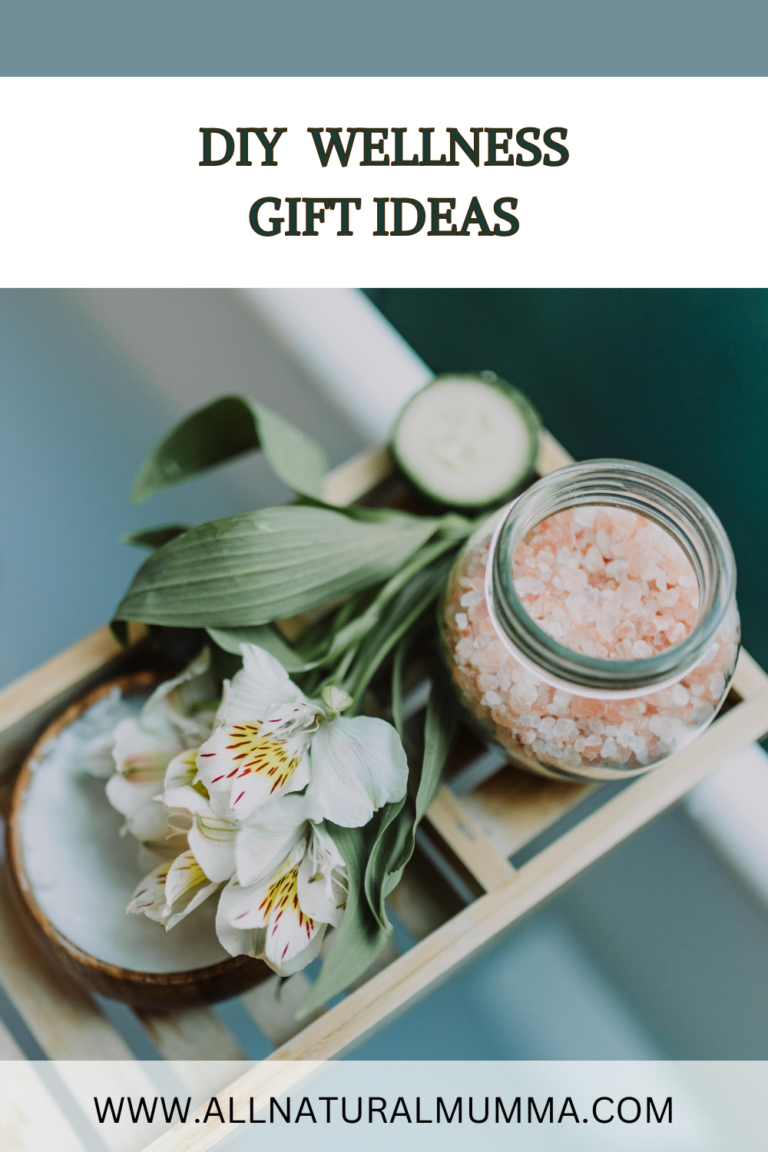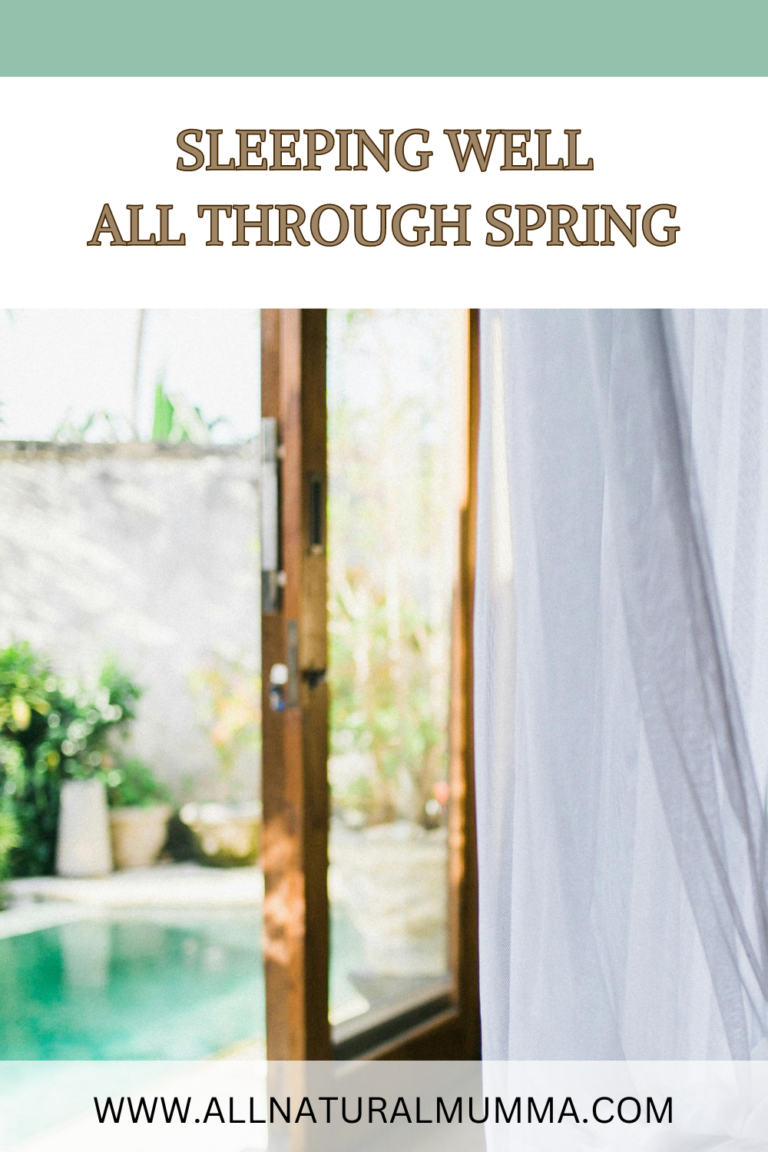Valentine’s Day is the perfect time to celebrate love—not just with chocolate and roses, but with nourishing meals, heartfelt gifts, and moments that truly nurture your relationships. Let’s make this year’s celebration as healthy as it is heartfelt!
LOVE ON A PLATE: NOURISHING VALENTINE’S MEALS
Skip the crowded restaurants and opt for a home-cooked feast that shows your love and care. Start with a vibrant beetroot salad (perfectly red, just like the day!), followed by baked salmon with roasted veggies or a creamy mushroom risotto. For dessert, try my recipe for Valentine’s Day bliss balls—chocolatey, indulgent, and totally guilt-free!
VALENTINE’S DAY BLISS BALLS
Ingredients:
130g oats
40g vanilla protein powder
60g nut butter (cashew or macadamia)
30g honey
80g high protein yoghurt
Coating:
90g dark chocolate
Directions:
Mix oats and protein powder until combined. Melt nut butter and add to the oat and protein mix. Add yoghurt and honey and mix all until combined.
Roll into 10-11 balls. Melt chocolate and coat the balls in the chocolate. Top with organic rose petals. Leave in the fridge!
DIY GIFTS FROM THE HEART
Nothing says “I love you” like a handmade gift. Make an all natural cologne or shaving cream for your favourite fella. And for the ladies: Create a calming lavender and bergamot scented bath salt blend or a custom herbal tea mix with ingredients like chamomile and rose petals. Package it beautifully with a handwritten note to make your gift extra special.

HOLISTIC WAYS TO NURTURE RELATIONSHIPS
Beyond the gifts and meals, invest in quality time. Plan a sunset beach walk, a massage for two, or even an at-home spa/movie night. These moments deepen your connection while promoting relaxation and wellness for you both.
And don’t forget to nurture yourself, too! Self-love fuels the love you give others. Light a candle, run a bath, and spend a quiet moment reflecting on gratitude for the relationships in your life.
This Valentine’s Day, celebrate all your relationships—healthy, intentional, and deeply meaningful. It’s a day to fill your heart and your plate with what truly nourishes.
Have your own Valentine’s Day wellness ideas? I’d love to hear how you’re celebrating—just send me a message and share your inspiration!











